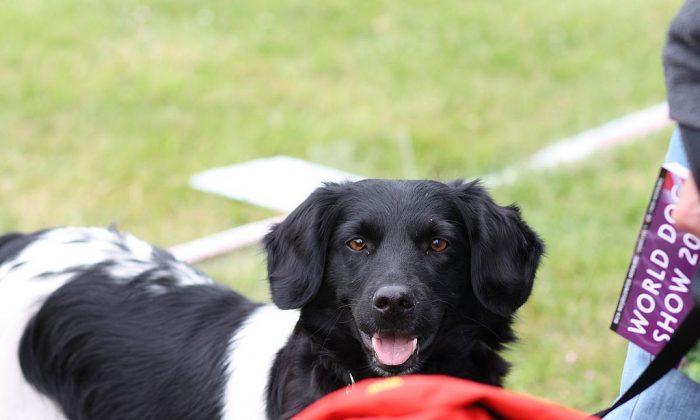Dogs have a natural ability to process faces, a small study that put dogs in an fMRI machine shows.
The discovery that dogs have neural machinery dedicated to face processing suggests the ability is hard-wired through cognitive evolution, and may help explain dogs’ extreme sensitivity to human social cues.
“Our findings show that dogs have an innate way to process faces in their brains, a quality that has previously only been well-documented in humans and other primates,” says Gregory Berns, a neuroscientist at Emory University.
Dog Project
Berns heads up the Dog Project in Emory’s psychology department, which researches evolutionary questions surrounding man’s best, and oldest, friend. The project was the first to train dogs to voluntarily enter a functional magnetic resonance imaging (fMRI) scanner and remain motionless during scanning, without restraint or sedation.
If the dogs’ response to faces was learned—by associating a human face with food, for example—you would expect to see a response in the reward system of their brains, but that was not the case, Berns says.
A previous study, decades ago, using electrophysiology, found several face-selective neurons in sheep.
“That study identified only a few face-selective cells and not an entire region of the cortex,” says Daniel Dilks, assistant professor of psychology and the first author of the current dog study.
The researchers have dubbed the canine face-processing region they identified the dog face area, or DFA.
Humans have at least three face processing regions in the brain, including the fusiform face area, or FFA, which is associated with distinguishing faces from other objects. “We can predict what parts of your brain are going to be activated when you’re looking at faces,” Dilks says. “This is incredibly reliable across people.”
One hypothesis is that distinguishing faces is important for any social creature.
“Dogs have been cohabitating with humans for longer than any other animal,” Dilks says. “They are incredibly social, not just with other members of their pack, but across species.
“Understanding more about canine cognition and perception may tell us more about social cognition and perception in general.”
Source: Emory University. Republished from Futurity.org under Creative Commons License 4.0.



